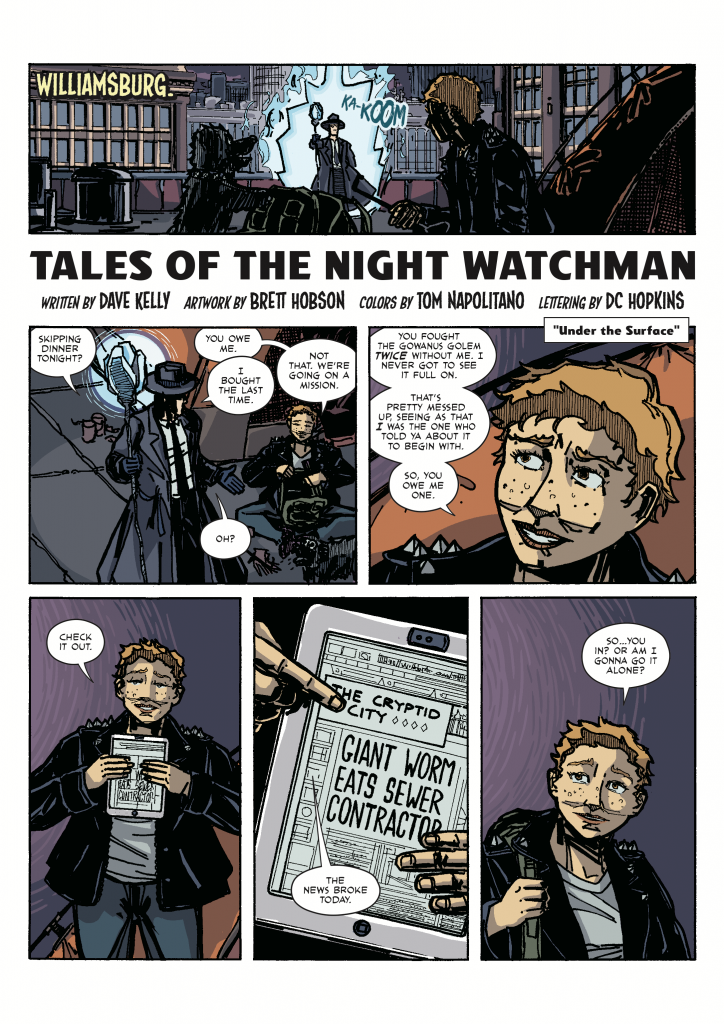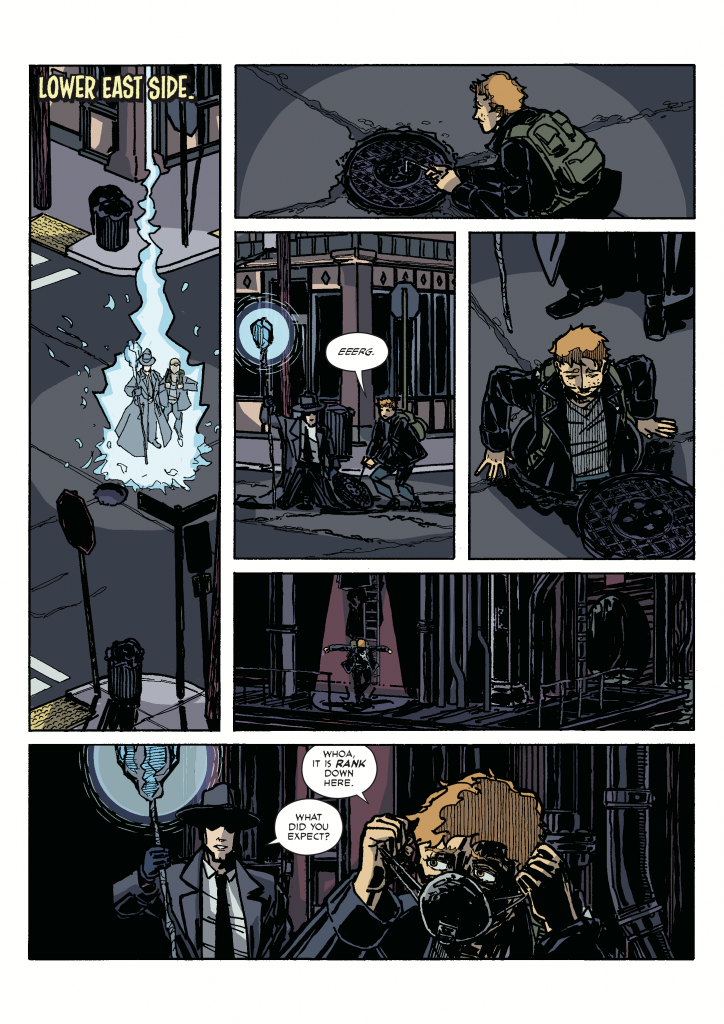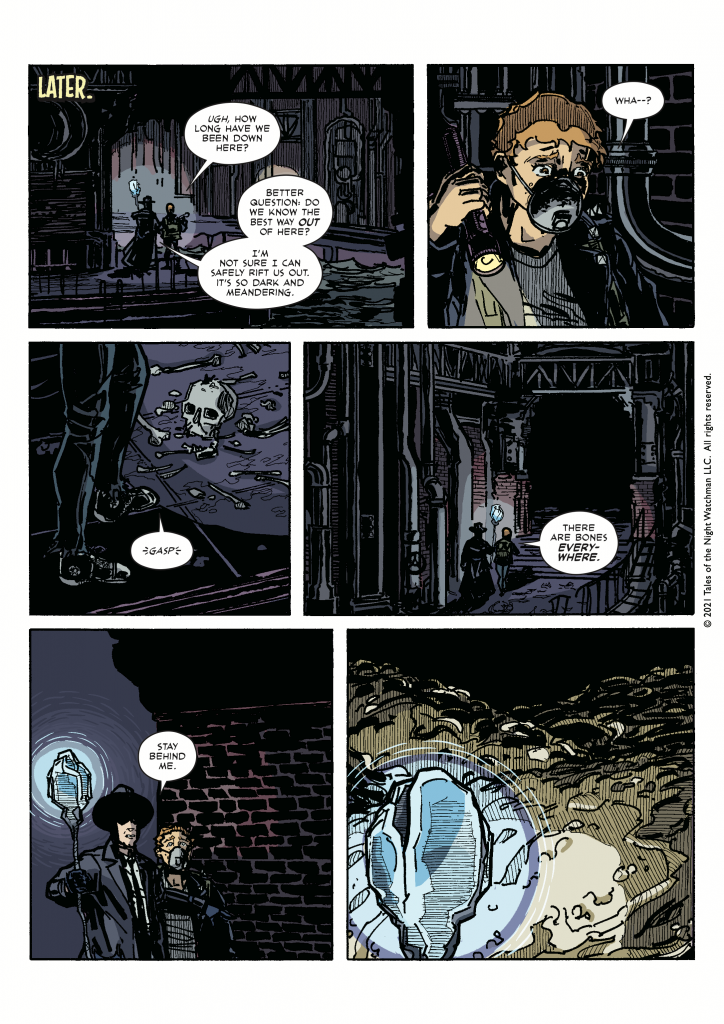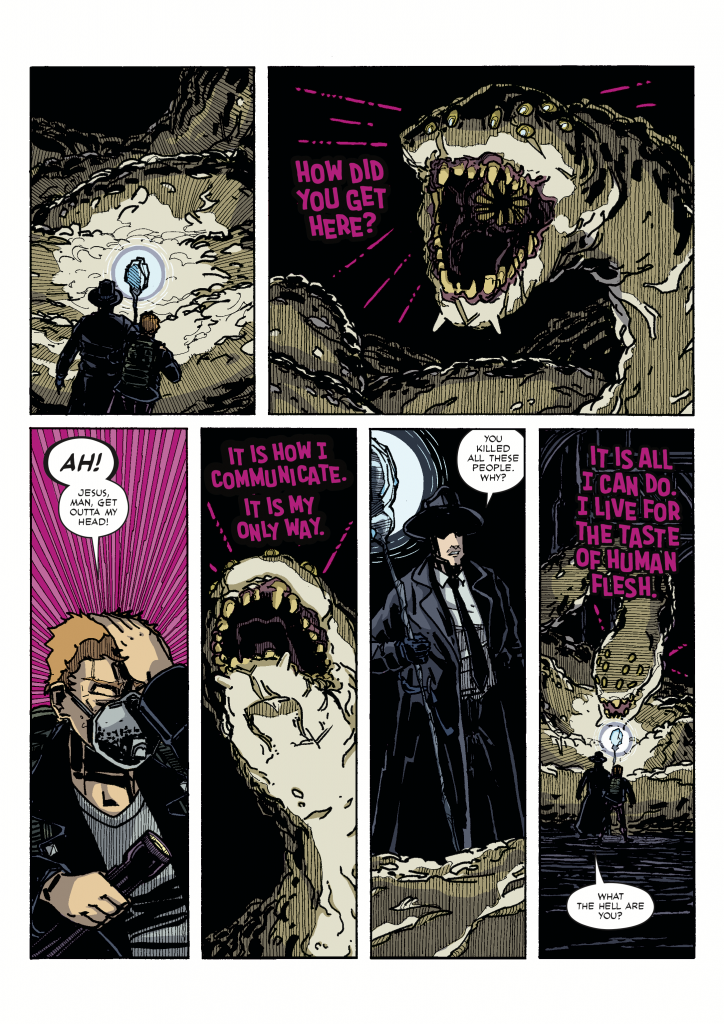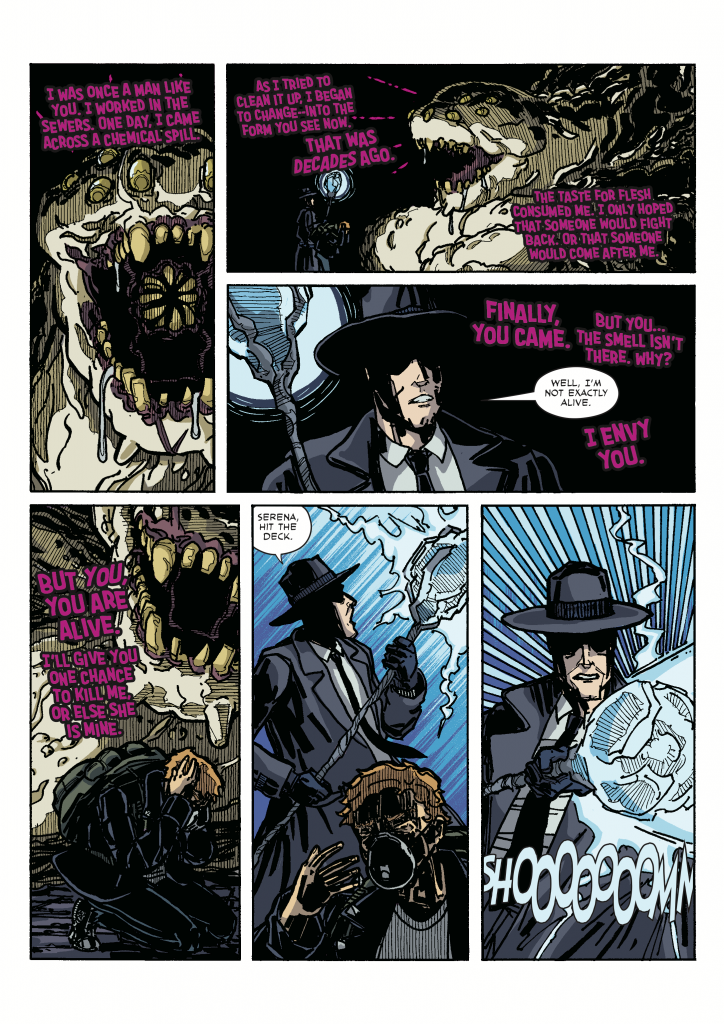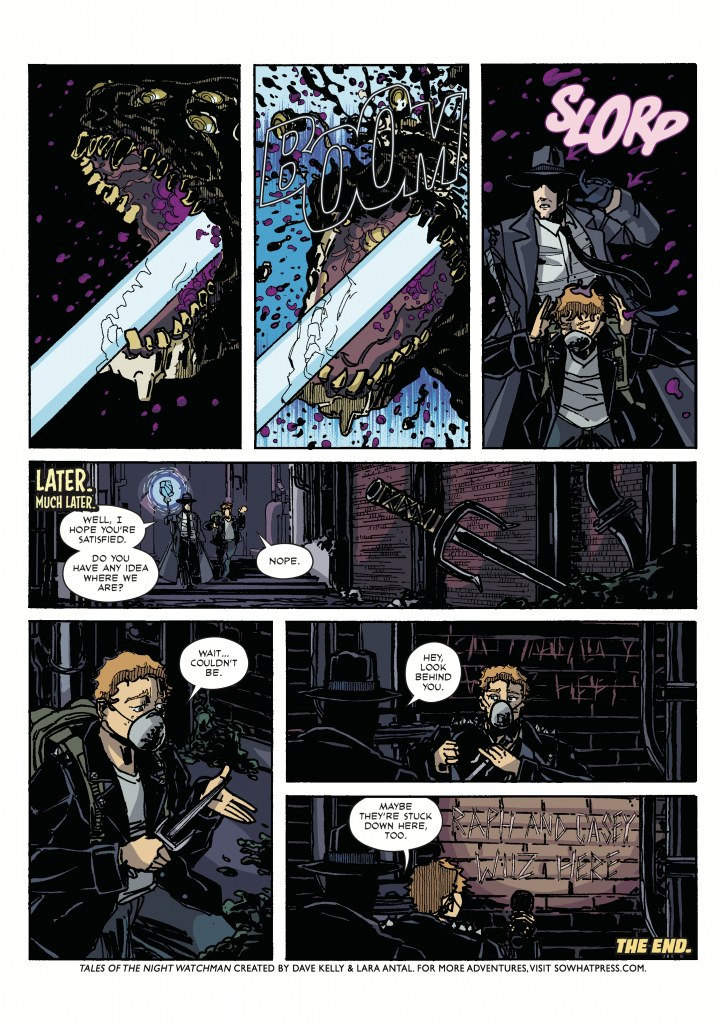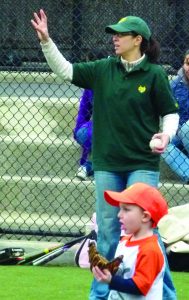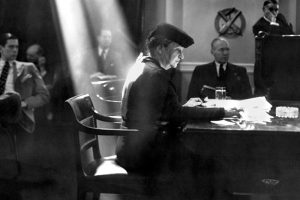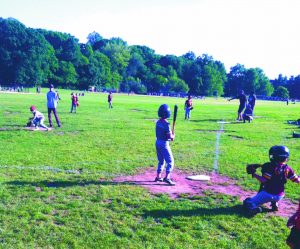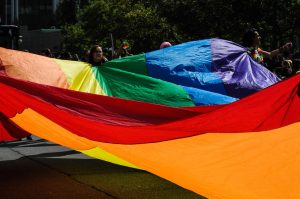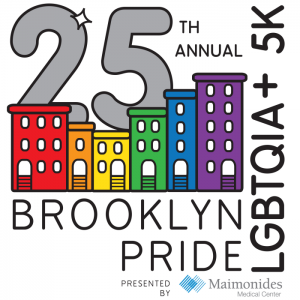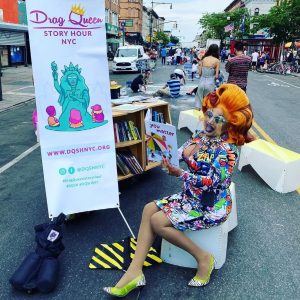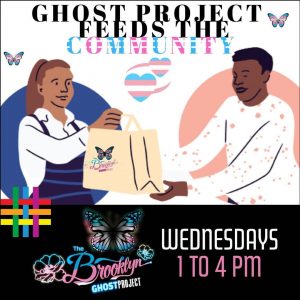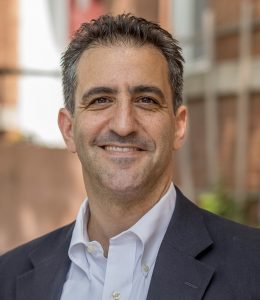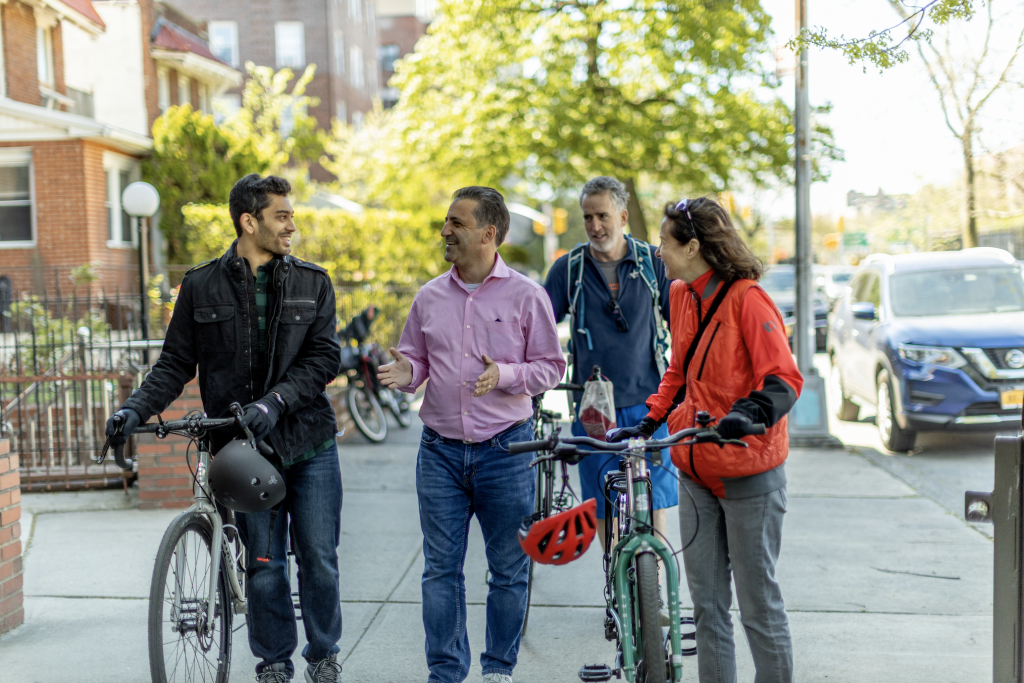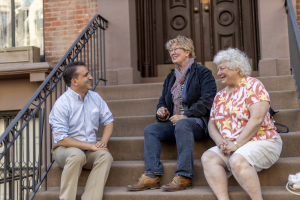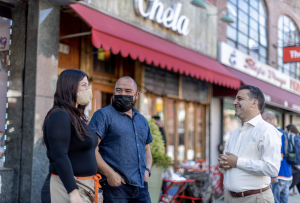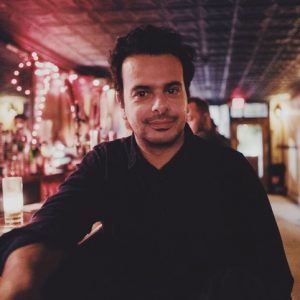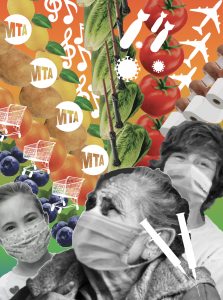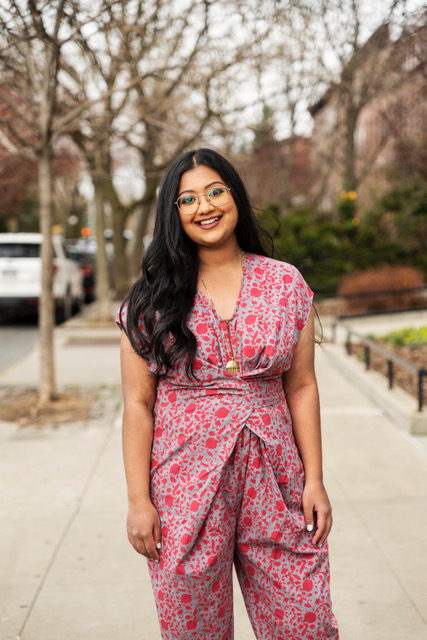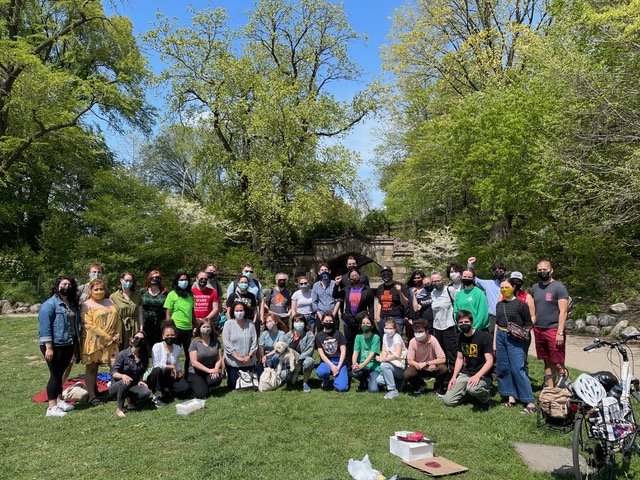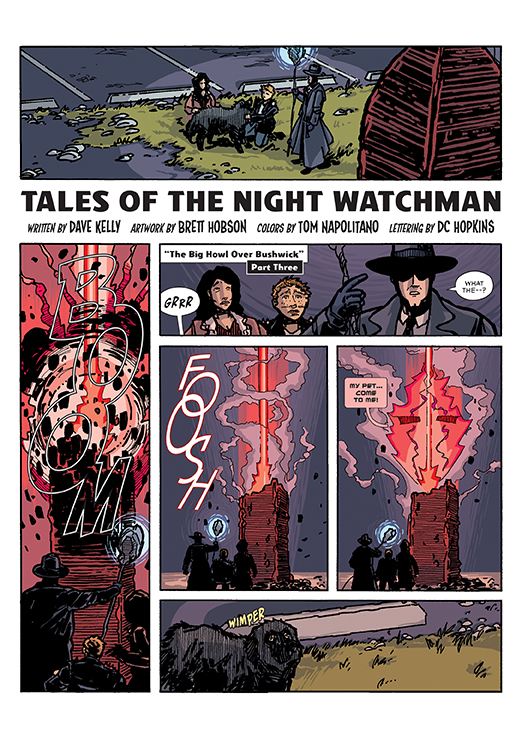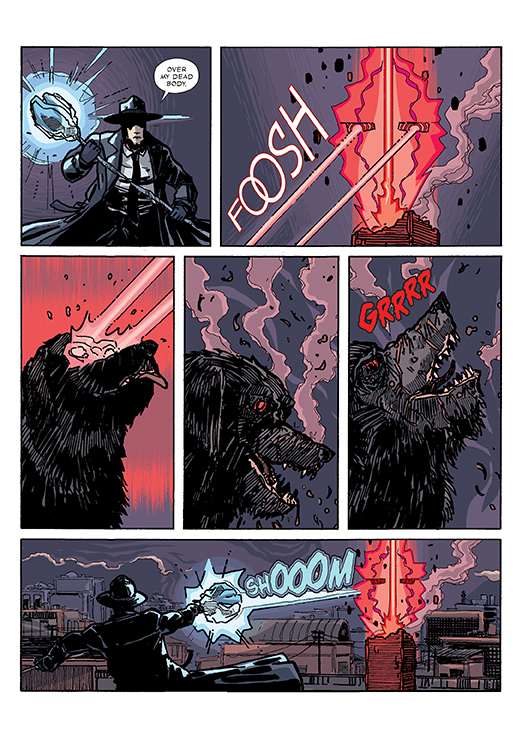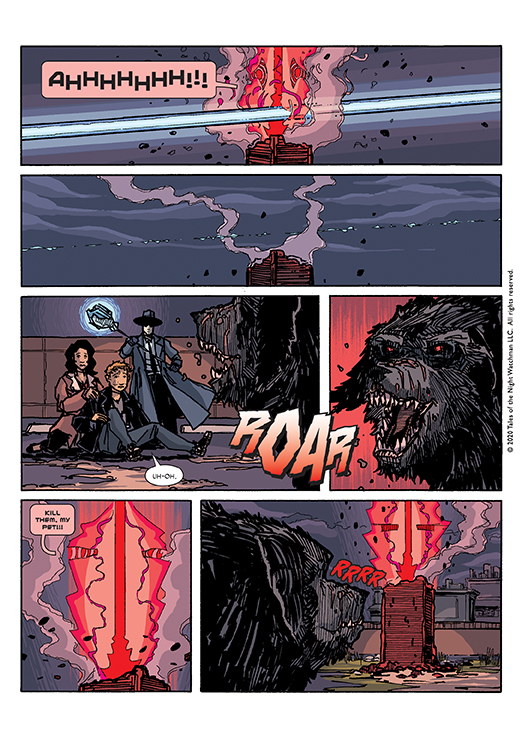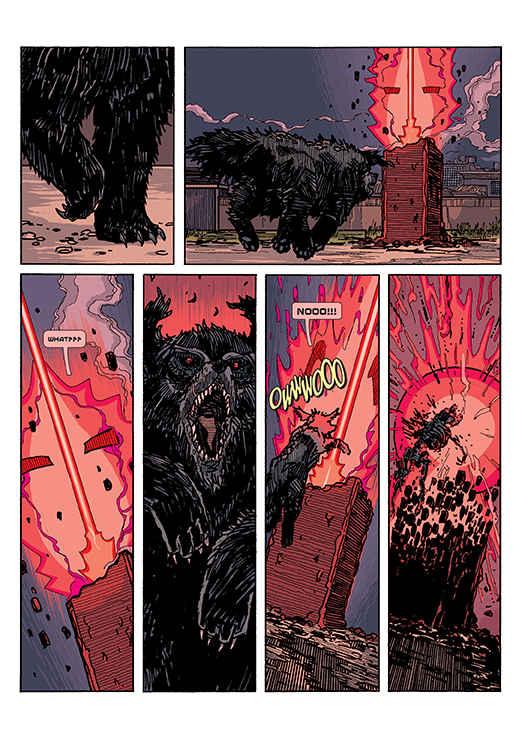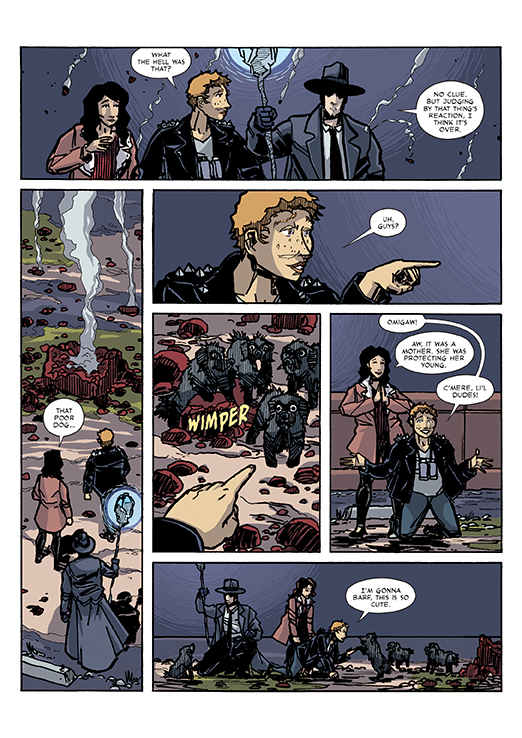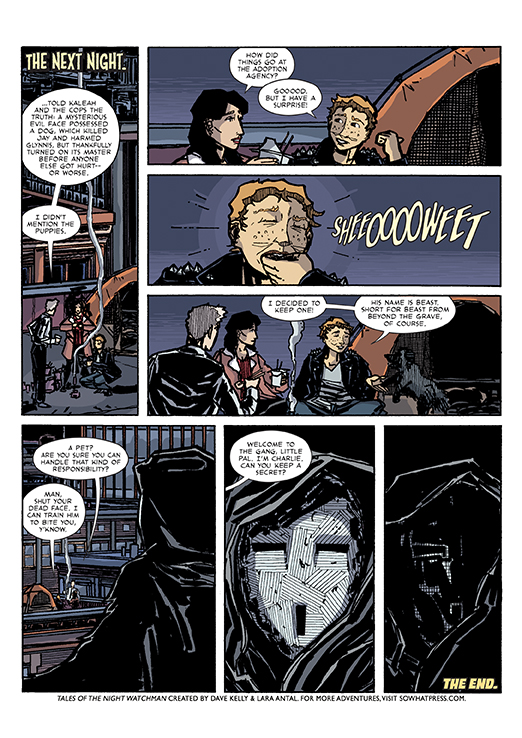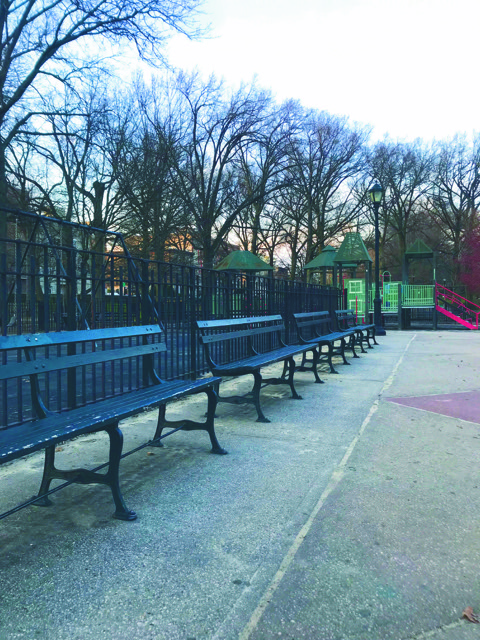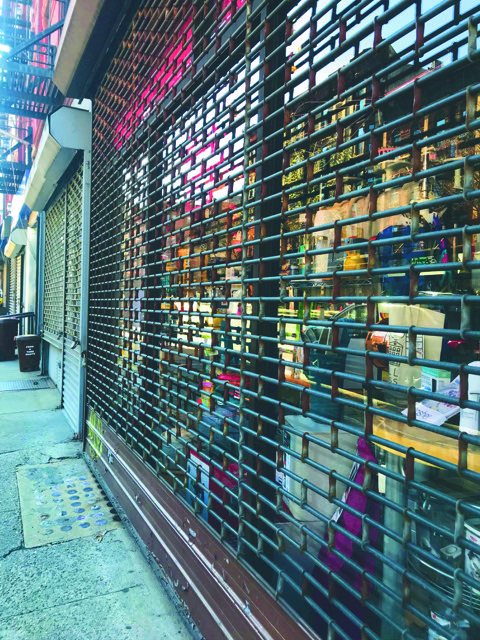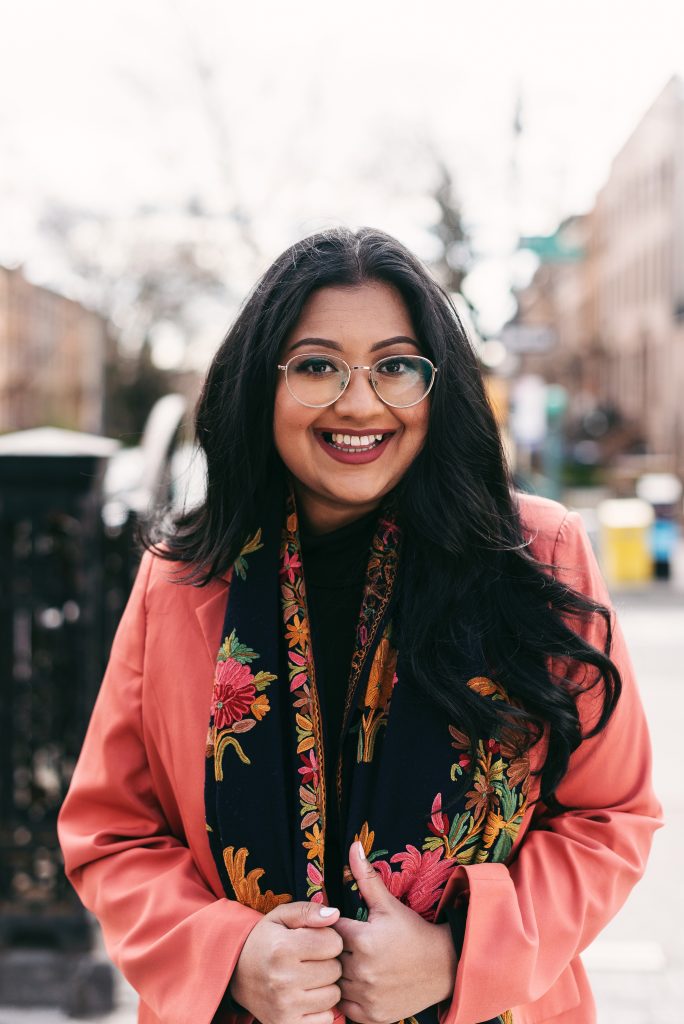
The Slope Survey returns for its 20th installment with Shahana Hanif a candidate running for New York City Council for District 39.
Shahana Hanif is a Kensington Brooklyn born-and-raised daughter of Bangladeshi immigrants running to represent Brooklyn’s 39th District in the New York City Council. She’s a product of public schools having attended P.S. 230 and Brooklyn College, she’s an activist, community organizer, and public servant who has been building with neighbors on our most local fights for over a decade. At 17 she was diagnosed with Lupus which almost killed her. She had both hips and her left shoulder replaced and was bedridden in the hospital for months. Her experience navigating the complex health care and the inaccessible transit system was the catalyst for the community organizer and activist she is today.
What brought you to the neighborhood?
I’ve lived in District 39 in Kensington my entire life. My father arrived in Kensington over 35 years ago as a ship jumper from Bangladesh and my family has lived in Kensington ever since.
What is your most memorable Brooklyn moment?
In February 2019 during one of the coldest weeks of winter, the NY Times reported that detainees at the Metropolitan Detention Center, a federal jail in Sunset Park, were without heat and power. Council Member Brad Lander and I ran to Sunset Park to a harrowing scene of those inside banging in protest of abominable conditions. My video recounting this scene spread far and wide, getting 4.6 million views on Twitter alone and galvanized hundreds of protesters on the ground to demand the immediate restoration of power and heat. We succeeded. Every constituent deserves a voice in this city. And we have a lot more to do to end mass incarceration and divest from over-policing.
Describe your community superpower.
Throughout my life, I have been my community’s older sister — for friends on our block, to students at Brooklyn College, to tenant leaders while organizing at CAAAV. My life’s work is dedicated to bringing communities together to build local power and win transformative change. As an interfaith organizer and a superpowered connector, I know first-hand that we can only build coalitions once we build trust between different communities. Building trust is slow, hard work, and as an older sister to Sabia and Sazia and having spent most of my life as an organizer, I am always working on cultivating trust, being a better listener, and centering our community in the decision-making process.
If you could change one thing about the neighborhood, what would it be?
Bring back the B71 bus, which was a vital transportation service for seniors, public housing residents, students, families, and more. If the B71 cannot be brought back, we still need a comparable bus that provides East-West support across the Gowanus Canal.
What do you think Brooklyn will look like in 10 years?
This June is a critical turning point for Brooklyn and New York City as we elect a new Mayor, Comptroller, and a majority of Council Members. I want to see a feminist Brooklyn grounded in care that shows up for all our neighbors. We can create a Brooklyn where our government is participatory and responsive, where our schools are fully funded and integrated, where we have universal healthcare and affordable housing, where we secure a liveable future for our City with a Green New Deal, and where our streets are lush with trees, have protected bike lanes, and more open spaces for play and community arts programming. In 10 years I hope Brooklyn is a truly multiethnic, multilingual, intergenerational, feminist place to live.
What are you reading, would you recommend it?
While I haven’t had a lot of time in the last year to read for pleasure since I’ve been running for office, Stacey Abrams’ book Lead From The Outside has been a lifeline as I’ve navigated running as a first time woman candidate of color.
What is your greatest extravagance?
A dinner consisting of tagliatelle in a creamy spinach sauce topped with ricotta cheese from Giovanni’s Brooklyn Eats and cranberry sage pie with a scoop of vanilla ice cream Four & Twenty Blackbirds in Gowanus.
If you couldn’t live in Brooklyn, where would you go?
Queens, because it’s the second best borough in NYC for food. But it’s hard to pick between Jackson Heights or Flushing.
Who is your hero, real or fictional?
Nahar Alam, a co-founder of the Bangladeshi Feminist Collective. Nahar has been foundational for my feminist analysis on care work and the lessons from her time leading Andolan and transformational multi-racial organizing, led by a coalition of Black, Latinx, Asian, and South Asian women. In the 90’s she organized to protect the rights of domestic workers – nannies, health aides, housekeepers and other household service workers. Andolan lobbied legislators to strengthen labor laws to put women workers over profits, and made way for the passing of the Domestic Workers Bill of Rights in New York State, guaranteeing protections around wage, work hours, and safety.
Last Word, What’s turning you on these days?
I’ve been deeply inspired by the abundant ways neighbors are showing up for one another during the pandemic in every corner of our district, from the Camp Friendship Food Pantry in Park Slope to People In Need’s work in Kensington. We’ve shown up for undocumented neighbors by raising over $40,000 in direct survival funds, provided food and art kits to working families, and fought to make vaccine distribution more equitable.
I’ve also been energized by all the community support I’ve received throughout my campaign. District 39 is ready to elect their first woman Council Member!

